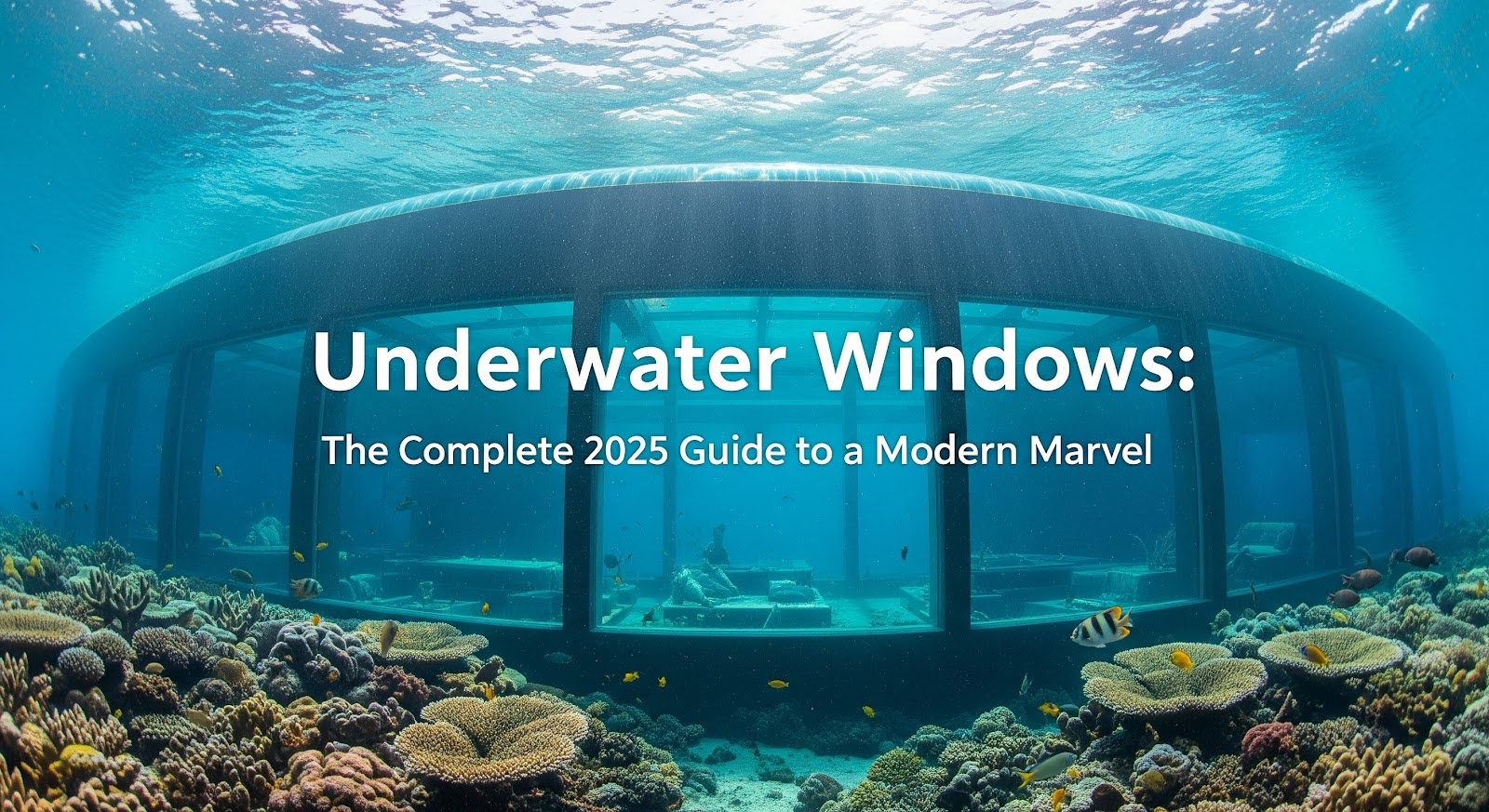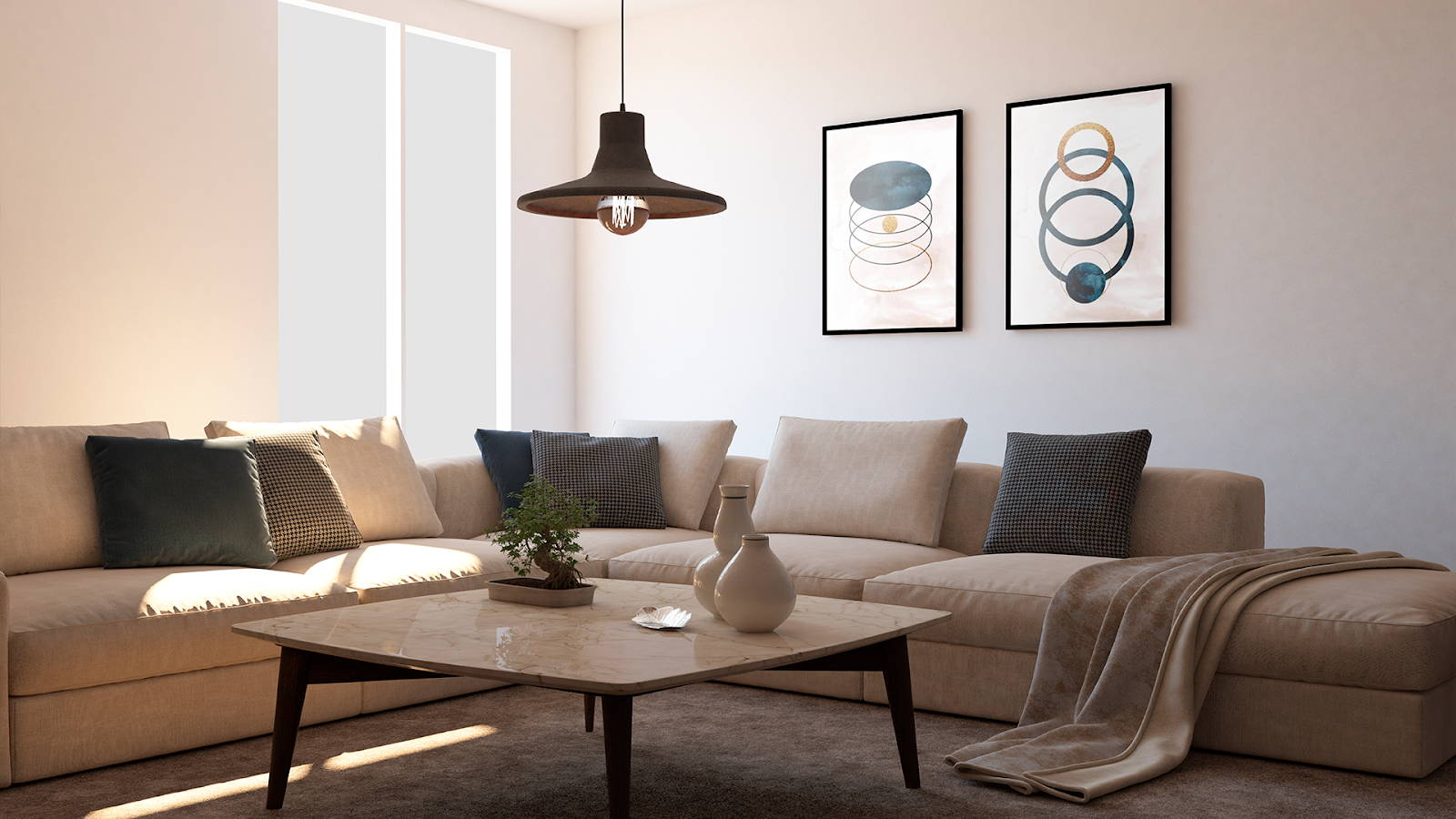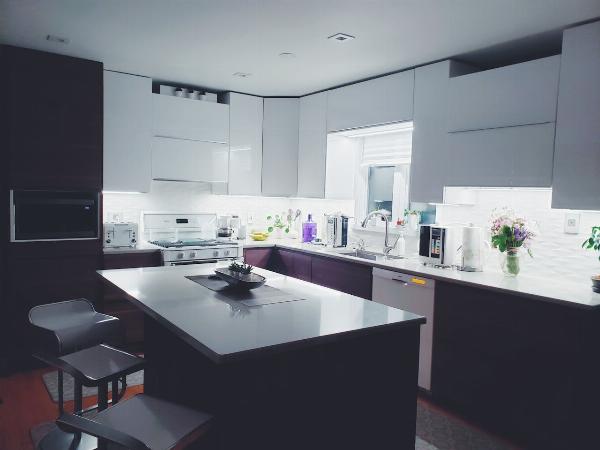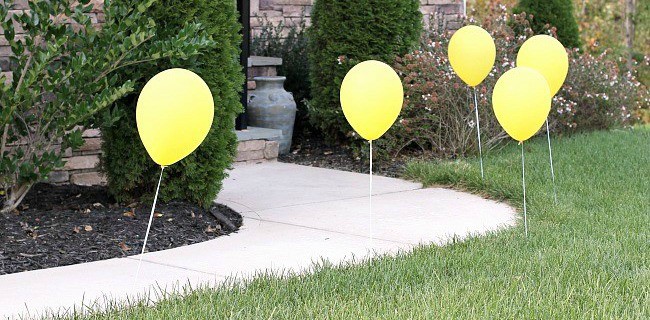What Are Underwater Windows? The Complete 2025 Guide to a Modern Marvel

Strong 8k brings an ultra-HD IPTV experience to your living room and your pocket.
Curious about pool windows? This ultimate guide explains exactly what underwater windows are, how they work, the science behind them, why they are safe, and their transformative architectural benefits.
A Portal to a Private Sanctuary
Imagine descending into your home's lower level, not to a dimly lit basement, but to a breathtaking lounge where one wall shimmers with the gentle, dancing light of the sun filtering through water. Imagine a window that doesn't look out onto a garden, but into a serene, private lagoon. This is the reality made possible by one of the most exciting innovations in modern architecture: the underwater window. It's a portal that invites light, life, and wonder into a home, transforming conventional spaces into extraordinary experiences.
But what exactly are they? How do they withstand the immense pressure of thousands of gallons of water? Are they safe? My goal with this guide is to demystify the underwater window, taking you on a deep dive into the technology, the benefits, and the science that makes this architectural marvel a stunning and reliable feature for any luxury property.
The Core Definition: Anatomy of a Modern Pool Window
To understand what a pool window is, you must first understand what it is not. It is not a standard window adapted for underwater use. It is a purpose-built, integrated system where every component is designed to work in perfect harmony to contain immense forces with flawless clarity. The system is comprised of three critical parts: the panel, the rebate, and the sealant.
The Panel: The Crystal-Clear Barrier
The panel is the transparent surface you look through, and in virtually all modern, high-end applications, this panel is made from cell-cast acrylic.
Why Acrylic? While you might think of glass, I've found that acrylic is the superior material for pool windows for several key reasons. It is up to 17 times more impact-resistant, making it incredibly strong and safe. It's also optically purer than glass, allowing 92% of light to pass through without the green tint often seen in thick glass panes. Its lightweight nature (less than half the weight of glass) also reduces structural load and simplifies installation. Finally, it offers unmatched design flexibility, allowing for the massive, curved, and custom-shaped windows that define the projects I work on.
The Rebate: The Unseen Structural Frame
The panel doesn't just float in the pool wall; it is set into a precisely engineered groove or channel within the concrete pool shell called a rebate.
The Function of the Rebate: This channel is the window's structural frame. Its depth and width are calculated to perfectly house the acrylic panel, providing support from all sides. The rebate ensures that the immense pressure exerted by the water is transferred safely from the panel into the surrounding concrete structure of the pool. The precision of the rebate is absolutely critical to a successful and leak-proof installation.
The Sealant: The High-Performance Gasket
The final piece of the puzzle is the specialized sealant that fills the gap between the acrylic panel and the concrete rebate.
Beyond Simple Silicone: This is not the type of sealant you find at a hardware store. It is a high-performance, marine-grade structural sealant (often a silicone or polyurethane hybrid) designed for permanent water submersion. It is engineered to be incredibly strong and adhesive, yet flexible. This flexibility is crucial, as it allows the sealant to accommodate the microscopic movements of the pool structure and the panel due to thermal expansion and contraction, all while maintaining a perfect, watertight seal for decades.
Together, these three components—panel, rebate, and sealant—form the complete, engineered system that is the modern underwater window.
The Purpose: Why Install a Pool Window in the First Place?
Beyond the initial "wow" factor, I've seen pool windows serve profound architectural and lifestyle purposes. They solve design challenges and enhance a property in ways that no other feature can.
Architectural Benefits
Flooding Spaces with Natural Light: This is perhaps the most powerful benefit. Basements, lower-level gyms, and subterranean entertainment rooms are often starved of natural light. An underwater window completely transforms these spaces, bathing them in a beautiful, naturally filtered light that shimmers and shifts with the movement of the water. This ambient light source is calming, dynamic, and turns a potentially dark area into one of the most inviting spaces in the home.
Creating Seamless Indoor-Outdoor Connections: Modern architecture is obsessed with blurring the lines between inside and outside. A pool window is the ultimate expression of this philosophy. It can visually connect a sunken living room to the poolside patio, allowing those inside to feel part of the outdoor activity. This visual continuity makes both spaces feel larger and more integrated.
Lifestyle Benefits
The "Living Art" Phenomenon: A television is black when it's off. A painted wall is static. A view into a swimming pool is a piece of art that is alive and constantly changing. From the slow drift of sunlight across the pool floor in the morning to the dramatic uplighting at night, the window offers a mesmerizing, calming focal point that provides endless fascination.
A Statement of Uniqueness and Luxury: In a world of luxury amenities, a well-designed pool window is a true differentiator. It is a unique feature that speaks to a commitment to high design and unique experiences. As such, it can significantly enhance the prestige and market value of a property, making it a wise investment in both lifestyle and equity.
Practical Benefits
Enhanced Safety and Supervision: On a practical level, an underwater window can offer an extra layer of safety. A window looking out from a kitchen or living area into the pool allows for easy, passive supervision of children swimming, providing peace of mind for parents.
The Science & Engineering: How They Actually Work
The magic of a pool window is backed by serious science and precision engineering. Understanding these principles builds an appreciation for the safety and reliability of the system.
Conquering Hydrostatic Pressure
Water is incredibly heavy (over 8 pounds per gallon), and it exerts pressure on every surface it touches. This is called hydrostatic pressure, and it increases with depth. The force pushing on a large pool window at the bottom of a 10-foot-deep pool can be tens of thousands of pounds.
My system defeats this pressure in two ways:
Panel Strength: The thickness of the acrylic panel is meticulously calculated by my engineers based on the window's dimensions and its maximum depth. Using tools like Finite Element Analysis (FEA), we can simulate the forces and ensure the chosen thickness has a massive safety factor.
Pressure Transfer: The panel doesn't bear this force alone. It transfers the load through the sealant into the purpose-built concrete rebate, which then distributes the force into the entire reinforced structure of the pool.
The Installation Process: A Symphony of Precision
Bringing an underwater window to life is not a simple task. It’s a carefully choreographed process performed by certified specialists.
Structural Pour: During the pool's construction, the concrete is poured around a specialized formwork that creates the perfect, ultra-smooth rebate for the window.
Waterproofing: The rebate is meticulously waterproofed to prevent any water from seeping into the concrete behind the panel.
Panel Setting: The massive acrylic panel is carefully lifted by a crane and set into the rebate, using temporary spacers to ensure a perfect and consistent gap for the sealant.
Sealant Application: The structural sealant is professionally injected into the gap, ensuring there are no air bubbles or voids.
Curing: The sealant must cure for a specific period—often a week or more—to reach its full structural strength before it can be exposed to water pressure.
The Big Question: Are Pool Windows Safe?
This is, understandably, the number one question my potential clients ask. My answer is an unequivocal yes, provided they are designed and installed by qualified professionals. The safety is built on a foundation of superior materials and expert engineering.
Debunking Common Myths
Myth #1: "The window could crack or shatter." This is a fear rooted in our experience with normal glass. But a thick acrylic panel is not normal glass. Its incredible impact resistance means it would take a catastrophic, deliberate event to cause a failure. Unlike glass, it does not shatter into dangerous shards. Its inherent strength provides a safety factor many times greater than the forces it will ever face.
Myth #2: "The seal will eventually leak." The specialized sealants we use are designed for a service life of many decades, even under permanent submersion. They maintain their flexibility and adhesive strength, unlike common silicones which can dry out or peel. A professionally sealed window is designed to be a permanent, leak-proof part of the pool structure.
Myth #3: "They are a maintenance nightmare." The opposite is often true. Because you can see the window from both sides, it's one of the easiest parts of the pool to inspect. Maintenance consists of simple cleaning with a soft cloth. The most important thing for the window's longevity is simply maintaining proper pool water chemistry, which is standard practice for any pool owner.
Conclusion: A Window to a World of Possibilities
For me, an underwater window is a testament to what is possible when design, science, and imagination converge. It is not merely a component in a pool; it is a feature that redefines the relationship between the pool and the home. It is a highly engineered system designed for safety, longevity, and unparalleled beauty.
By transforming dark spaces, creating seamless connections, and offering a dynamic view into a private aquatic sanctuary, pool windows have rightfully earned their place as one of the most coveted features in modern luxury architecture. They prove that sometimes, the most breathtaking view isn't of the world outside, but of the world within your own walls.
Ready to explore how an underwater window could transform your project? Contact the specialists at Hammerhead Aquatics to turn your architectural dream into a stunning reality.
Frequently Asked Questions (FAQs)
What's the difference between a pool window and an aquarium window? While they are built using the same core technology (thick acrylic, specialized sealants), the primary difference is the engineering focus. Public aquarium windows are often much thicker to handle the immense pressure of very deep tanks and the dynamic loads of large marine animals. Residential pool windows are engineered specifically for the pressures and conditions of a swimming pool, ensuring they are both safe and as optically clear as possible.
How long does it take to install a pool window? The physical setting of the panel may only take a day, but the entire process is longer. The critical step is the curing time for the sealant, which can be anywhere from 7 to 21 days, depending on the sealant type and environmental conditions. No water can be added to the pool until the sealant has achieved its full structural bond.
Can underwater windows be used in cold climates where pools are winterized? Yes. The acrylic panel and the sealants are designed to handle a wide range of temperatures. The expansion and contraction rates are calculated by the engineers to ensure the system remains stable and watertight whether the pool is full in the summer or empty and exposed to cold in the winter.
Will the window get cloudy or yellow over time? No. High-quality, cell-cast acrylic pool windows are manufactured with UV stabilizers integrated throughout the material. This prevents them from yellowing or becoming hazy due to sun exposure, ensuring they remain crystal clear for decades.
What is the very first step if I want a pool window in my new home or major renovation project? The first step is to engage professionals early. Your architect, pool builder, and a specialized underwater window company like Hammerhead Aquatics should be communicating from the project's initial concept phase. Integrating the window's structural requirements into the initial blueprints is far more efficient and effective than trying to add it later.
Note: IndiBlogHub features both user-submitted and editorial content. We do not verify third-party contributions. Read our Disclaimer and Privacy Policyfor details.







